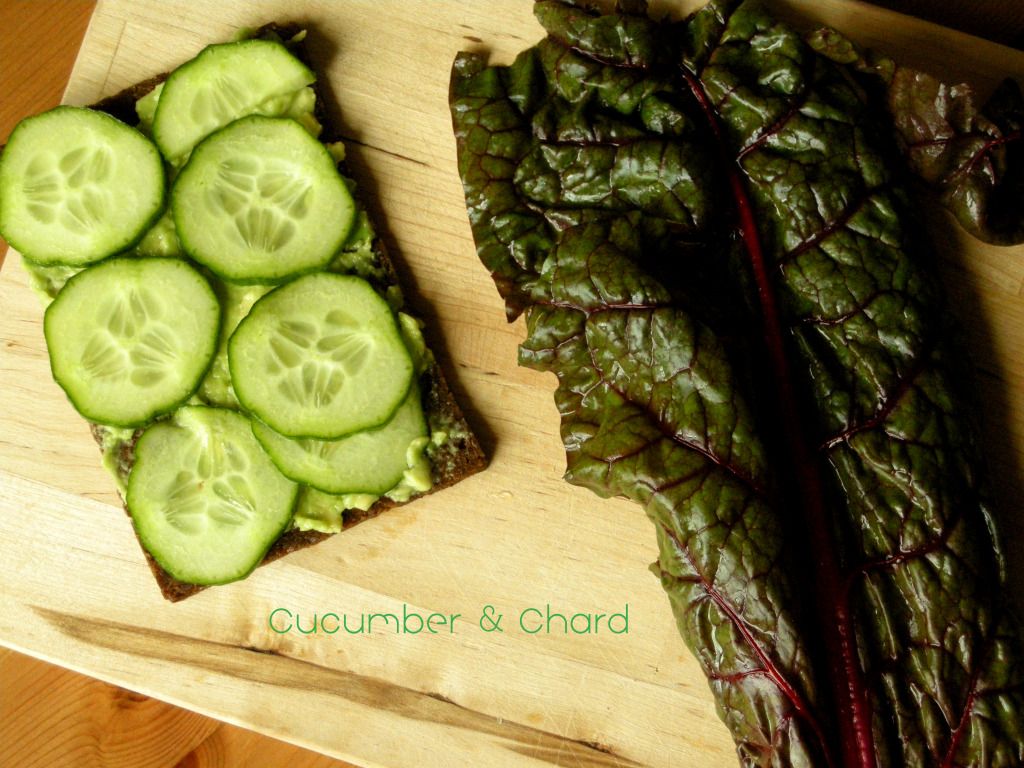Bagels are not really big in Switzerland. Neither are doughnuts, but those are a project for another weekend. We have a little café in Berne that serves different sorts of bagels with different fillings and I actually love having lunch there, but other than that, I don't know of any place that serves bagels.
Which is actually just a way of saying that I loved these bagels but don't know if they actually are good compared to other bagels. If you do try these please let me know how they compare to your favorite bagels.
Working with the bagel dough was really different from other doughs I have made in the past. It was really stiff and hard to knead, and then really soft when I formed it. It is always so astonishing to see all the different things that can be made from flour and water and a few other things.
Yeasted Bagels
slightly adapted from Peter Reinhart's recipe in Crust and Crumb.
poolish
note: This will make more poolish than you need for the bagels, but it is really difficult to make less than required here since measuring out 1/16 of yeast is kind of difficult. If you are looking for another recipe to use the rest of the poolish in,
this post describes the Sweet Rustic Bread from Reinhart's book that uses two cups of poolish.
poolish:
2 cups all purpose flour
2 cups water
1/8 teaspoon instant yeast
Combine the ingredients for the poolish in a mixing bowl, stir everything together and whisk for 1 minute or so. Cover with plastic wrap and let it sit at room temperature for 3-5 hours, then refrigerate the poolish overnight.
yeasted dough
1 cup poolish
1/2 teaspoon instant yeast
1/2 cup lukewarm water
3 1/2 cup bread
2 teaspoons salt
1 tablespoon honey
The next day, measure out the poolish and let it come to room temperature for an hour or so.
Stir the yeast into the water and let it sit for 3 minutes.
Combine the poolish, flour, salt and honey in a bowl, add the yeast-water. Stir the dough together with a spoon, then knead the dough for 15 minutes until fairly smooth. The dough will be dense and rather dry. Cut the dough into 10 equal pieces, and roll those pieces into balls. Cover them with plastic wrap and let them rest on the counter for 5 minutes.
Poke a hole in the center of each piece of dough with your thumb. Depending on the size of hole in the bagel you want, continue to expand the hole using your thumbs. I only poked a hole in the bagel and left it at that because I intended to use the bagels for burgers.
Place the shaped bagels about 2 inches apart on a baking sheet lined with parchment paper and dusted with cornmeal. Cover the sheet in plastic wrap or enclose it in a plastic bag and let the dough rise for 1 1/2 hours until the bagels have increaded in size (about 25%, says Reinhart).
Refrigerate the dough for at least 6 hours or overnight.
Remove the pan of shaped bagels from the fridge. Let them warm up for 30 minutes. Preheat the oven to 475°F. Bring a pot of water to a boil.
Reduce the heat of the burner until the water simmers and does not boil vigorously. Gently drop three or four bagels into the simmering water, and poach them 1 minute on each side. There should be enough room for them in the pan so they don't touch each other. Remove the bagels using a slotted spoon, place them back on the baking sheet and sprinkle with a mixture of seeds, if you like. Repeat until all bagels are poached.
Bake the bagels for 10-12 minutes, rotating the baking sheet after 5 minutes if the bagels don't seem to brown evenly. Let the bagels cool down for at least 30 minutes fore eating.
Makes about 10 bagels.






























